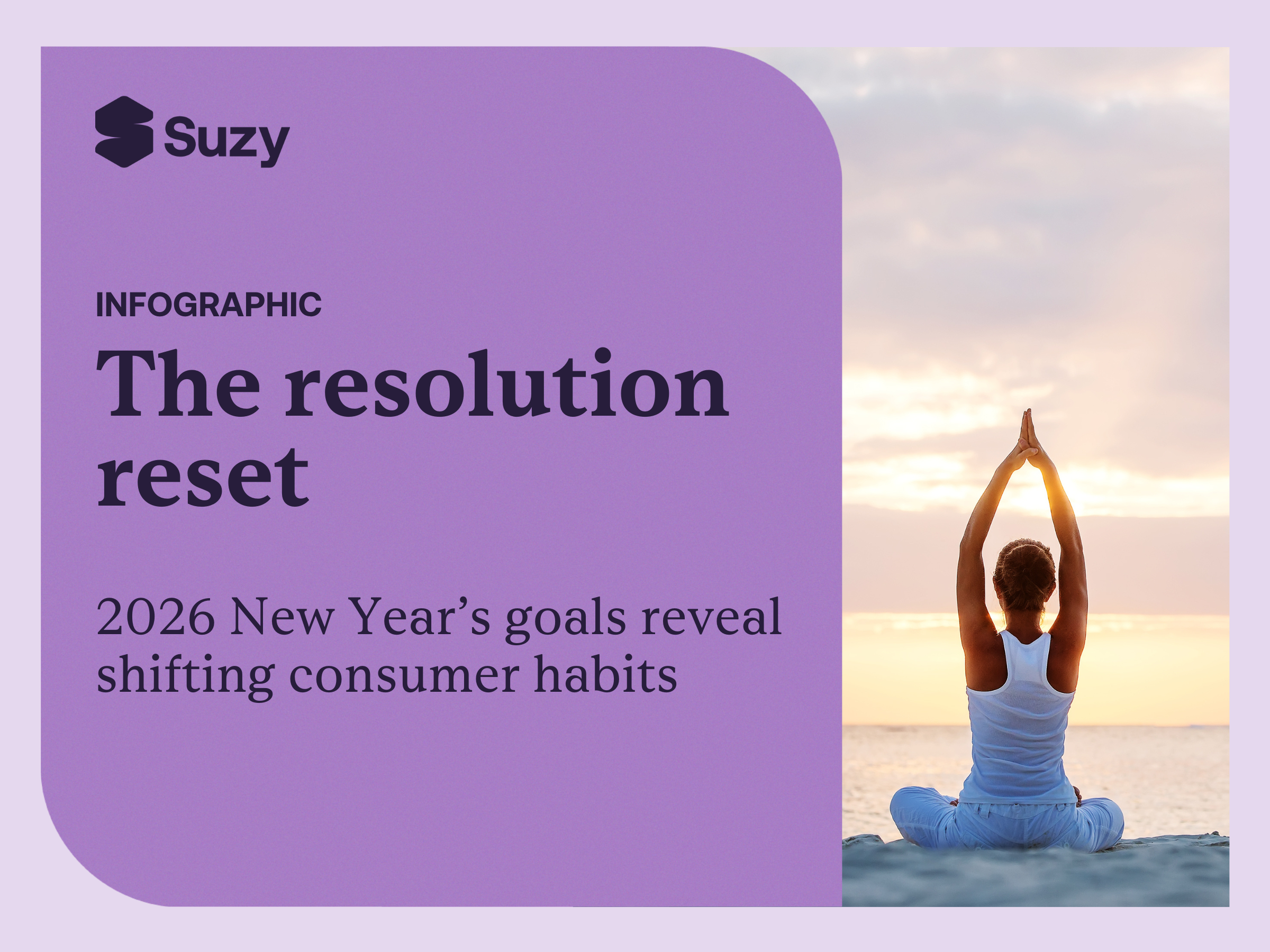n their own, inspiration and innovation are insufficient drivers in bringing a new product or service to market success. You need more than a good idea to succeed. You need to understand and follow the entire product development process, and you need to know your consumers' ever-changing perspectives throughout. On-demand market research provides insights at every step to help guide your product's progress more effectively and efficiently through its life cycle.
Product Development Life Cycle: Before Your Product Is Born
Before your product enters the market, it first has to move through the product development life cycle, which generally involves the following phases:
- Conception: In this initial phase, you'll be generating concepts for the possible development of a commercial product to fill a consumer demand or to meet an opportunity in the marketplace.
- Planning: Here, you conduct preliminary research to identify consumer needs, determine the competitive environment, and gather intelligence on market potential. Many products never move beyond the planning stage; market research might indicate lack of consumer interest, for example, or the technical requirements make manufacturing not feasible.
- Design: This stage consists of actual development and manufacture of the product. The design phase will likely produce several prototypes that undergo consumer testing and other review before finalization of the product for market.
- Evaluation: You'll finalize the product design, manufacturing processes, and marketing strategies in response to evaluation of feedback, consumer testing, and market conditions.
- Launch: Your product enters the market and begins the product life cycle.
- Post-Market Assessment: This stage of the product development life cycle evaluates your product's commercial success, highlights gaps in marketing strategies, and identifies possible product improvements.
During development, you might need to repeat phases as needed. Your market research might suggest that certain features are undesirable and the product requires further design changes, or user testing could reveal that consumers do not understand the product's purpose, so further education might be required.
How Market Research Contributes to the Product Development Life Cycle
Introducing a new product, rebranded product, additional features, or new service into the market can require a lot of knowledge. You need information on your competition, typical buyer behavior, available distribution channels, economic conditions and outlooks, and much more.
You'll also need market research to decide if anyone will want to purchase your product, how much you will charge, where you will sell it, and how to most effectively promote.
Because consumer opinion can change seemingly overnight, your product needs iterative testing up to and through the moment of launch. You run the risk of market failure if you rely on slow, time-consuming market research. To remain competitive, you need timely product development and rapid concept testing. Fortunately, Suzy can help you tap into consumer opinions on-demand, in a variety of different ways. Ask a question on the platform and begin receiving answers in real-time. You can expect 300 responses in under 60 minutes.
Conception and Planning
In the initial idea generation and concept development phases of the life cycle, businesses can use insights from consumers to invent new product ideas. You should have a thorough understanding of current and potential customers' needs, preferences, and behaviors to inform your proposed products.
First, you should ask yourself the following questions:
- Who are the likely competitors?
- What is the potential market size?

An abundance of secondary research from publicly available sources can help you answer these questions and pinpoint consumer trends. For example, you might find useful information in relevant releases of data from the Census Bureau, Bureau of Labor Statistics, patent offices, already published surveys, and existing industry reports.You might already have a wealth of information from your existing product usage data, customer service representatives, sales teams, and existing customer base.
Conducting your own primary research through Suzy's proprietary network of over one million connected consumers can provide immediate feedback about gaps in existing product offerings or unfulfilled customer needs.
During the concept testing stage, Suzy can connect you directly to your target consumer for real-time concept testing. You can ask potential customers to rank product features, to identify their preference between each product concept and possible competitors, and to indicate their likelihood of buying each product at a range of price points.
Design and Product Development
Once your concept has been vetted, your product is ready to become a reality. The design and development of your product, though, should not happen in isolation. Consumer sentiment should shape the features included, the presentation of the package, the physical design, and more. User testing is useful at this stage. Asking consumers questions can provide useful feedback about how well your product addresses your customers' pain points and fulfills their needs. Use this feedback to modify the design, if appropriate. Ideally, re-target your customers and solicit feedback on the revised version.
Evaluation and Launch
Prior to launching your product in the market, you should also evaluate your marketing strategies and fine-tune all aspects of your product and marketing plan in response to customer feedback on packaging, advertising concepts, and other components of your marketing mix. Market research can ensure that your messaging resonates with your target audience. Consider A/B testing potential marketing ideas, tag lines, designs, and other campaign essentials with a platform like Suzy. In the initial weeks after your product launches, you should also monitor the results of your marketing campaigns and adjust your strategies to focus on the techniques that work best.
Post-Market Surveillance
Once your product reaches the market, you need to monitor its acceptance by consumers and its market performance. Take note of complaints and adverse events for possible product improvements. Identify new markets for launching the product. Market research's primary goals at this point are testing for marketing effectiveness and customer satisfaction.
If you want your products to move smoothly through the product development life cycle and reach market, you need real-time insights into your customers' needs and preferences. Suzy has the on-demand testing technology you need to access instant consumer feedback and enhance your chances for success by compressing your development timeline and impressing customers with features they need or want now.
.webp)
.avif)




.png)

